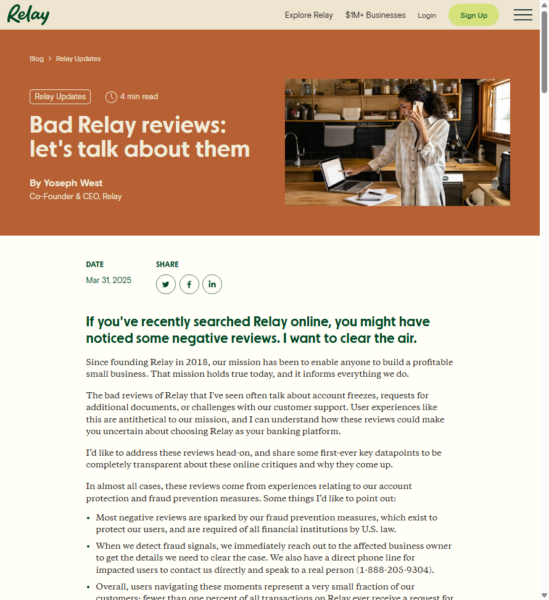In a blog entitled, “When to Call a Lawyer,” I touched on the topic of alteration of medical records. In this posting, I will address it in more detail. Accuracy in medical records is essential. They are relied upon by subsequent treating physicians to give an accurate picture of a patient’s prior medical history. In those instances when a medical professional must change a record – for example, if he realizes he had made a significant mistake of fact in the document – the fact that the change is being made after the original record was written, must be made clear, along with the author of the change and the precise date and time when the change was made.
More often than is acceptable, medical professionals faced with a disastorous result, try to hide the facts that may point to error on their part. Key records or laboratory reports may mysteriously disappear from the patient’s chart, leaving subsequent treating physicians – or attorneys and forensic experts – guessing at exactly what happened. Negative facts may be erased, or contrived facts added with an effort to make them look contemporaneous with the original recording.
When doctors are caught having tampered with records, an otherwise defensible medical malpractice case can become indefensible. It is impossible to know how often doctors or hospital personnel alter records after committing malpractice, and get away with it, depriving an injured patient of his rights. When the deception is uncovered, though, juries are apt to award larger damages than they may have otherwise, and insurers are much more eager to settle.
Doctored records can be uncovered in a number of ways. Sometimes, the alteration is obvious even to an untrained eye, and when the doctor is deposed, his explanation for the change is implausible. If the alteration was handwritten and occurred long enough after the original recordation, a document examiner may be able to show that the notations were made at different times, by analysis of the ink used or the handwriting itself. And as I mentioned in my earlier blog, sometimes two versions of the same record are uncovered – rare, but devastating to the defense. In most states, a judge will instruct jurors that they may infer from deceptive alterations of medical records, a belief on the part of the phsycian that he had committed a medical error. Attorneys should be alert for the possibility of document alteration in every medical malpractice case. When discovered, alteration greatly increases the value of any recovery.

The Legal Examiner and our Affiliate Network strive to be the place you look to for news, context, and more, wherever your life intersects with the law.










Comments for this article are closed.